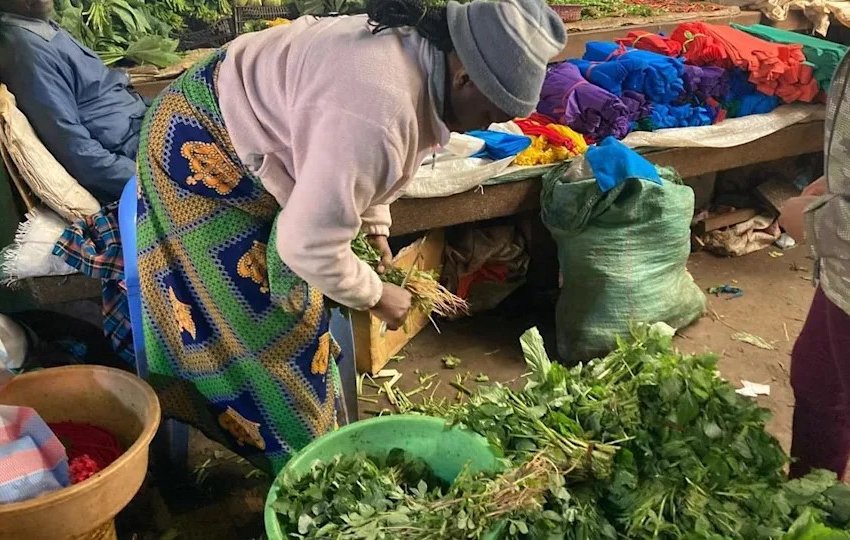Once dismissed as mere weeds or food for the poor, a variety of indigenous leafy greens are making a surprising return to dining tables across Kenya—this time as prized ingredients in gourmet kitchens and local households alike.
From amaranth (terere) and spider plant (sagaa) to cowpea leaves (kunde) and black nightshade (managu), these traditional vegetables—long overshadowed by commercial crops—are now being rediscovered for their nutritional value, resilience, and cultural significance.
“The same vegetables my grandmother used to cook for us, which we once looked down on, are now being served in top restaurants,” said Faith Njeri, a food blogger based in Nairobi. “It’s amazing how what we once called ‘weeds’ are now celebrated superfoods.”
Chefs, nutritionists, and environmental advocates are driving the trend. They praise these greens not only for their taste but for being rich in iron, calcium, and vitamins A and C—nutrients often lacking in the modern diet. In addition, these indigenous crops are highly adaptable to drought and poor soils, making them especially valuable amid rising climate challenges.
At Nairobi’s bustling organic food markets, demand for traditional greens is surging. Farmers like Josephat Odhiambo in Kisumu County have switched back to cultivating local vegetables, saying they offer better profit margins and shorter harvest cycles than imported or hybrid varieties.
“I used to grow cabbage and kale for the market,” Odhiambo shared. “But now, managu and sagaa fetch better prices, and they need fewer chemicals and water.”
Restaurants and culinary schools are also embracing the revival. Chefs are experimenting with fusion dishes, pairing traditional greens with modern flavors. A growing number of Kenyan eateries now feature indigenous vegetable-based dishes on their menus, showcasing their versatility and cultural roots.
The government and NGOs have joined the movement, promoting indigenous foods as part of national nutrition campaigns. According to the Kenya Agricultural and Livestock Research Organization (KALRO), reviving these forgotten crops can help address both malnutrition and food insecurity.
“This is not just a food trend,” said Dr. Ruth Kilonzo, a nutrition expert. “It’s a return to our roots, to sustainable, climate-smart agriculture, and to diets that truly nourish.”
As Kenya reconnects with its culinary heritage, what was once discarded as "bush food" is now a symbol of resilience, health, and pride—proving that sometimes, the best food is what we already had.
